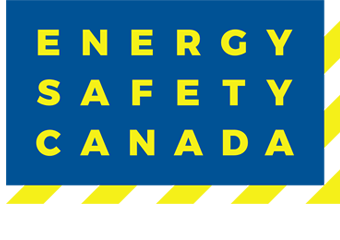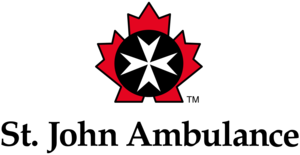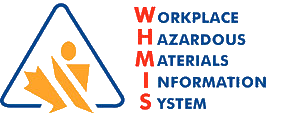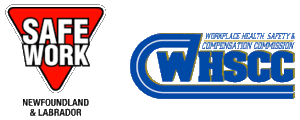Traffic Control Person
TO REGISTER FOR THIS COURSE, A CANDIDATE NEEDS TO PROVIDE
A valid email address.
Introduction
All traffic control persons in Newfoundland and Labrador are required to complete a TCP training course. Proper traffic control is critical for the safety of workers, drivers and the general public. The delivery of Traffic Control Person training prepares the TCP to perform traffic control in a safe and competent manner by providing them with the knowledge and skills to work safely, consistent with industry and legislative standards. Traffic Control Person Certification Training has an expiry date of 3 years, upon which the course must be completed again for renewal.
Course Information
Duration: 1 day course
Components: Theory
Course Outline
Chapter 1: The Importance of Traffic Control Person Training
• What is traffic control
• Legislative requirements
• Inconsistent work processes and procedures
• Knowledge and understanding
• The costs related to accidents and incidents
• Review
Chapter 2: Roles & Responsibilities of Workplace Parties
• Health and safety, everyone’s responsibilities
• The “internal responsibility system”
• Employers
• Workers
• OH&S committees/WH&S representatives
• Workers basic rights
• Unsafe work (the right to refuse)
• Review
Chapter 3: Traffic Control Legislation
• Newfoundland & Labrador Occupational Health & Safety Regulations
• Review
Chapter 4: Roles & Responsibilities of Traffic Control Persons
• Characteristics of a professional TCP
• TCP responsibilities
• TCP general guidelines
• TCP requirements
• TCP positioning
• TCP protective equipment
• Newfoundland & Labrador health and safety regulations
• Emergency escape route
• Emergency response vehicles
• Review
Chapter 5: Traffic Control Devices & Hazard Control
• What is a hazard
• Four main types of health hazards
• General type-list of safety hazards
• Four main factors that contribute to hazards
• Hazard recognition, evaluation and control
• Hierarchy of hazard control
• What is a traffic control plan
• Traffic control devices
• Basic safety guidelines
• Review
Chapter 6: Worksite Setup, Maintenance & Removal
• Traffic control device installation and removal
• Inspection and maintenance of traffic control
• Maintenance
• Elements of an inspection program
• Responsibility for inspection and maintenance
• Inspection frequency
• Documentation of traffic control
• Review
Chapter 7: Heavy/Construction Equipment & Powerline Hazards
• Types of equipment and associated hazards
• Guidelines when working around heavy equipment
• Powerline hazards
• Review
Chapter 8: Emergency Preparedness & Response Activities
• OH&S first aid regulations
• Traffic control emergencies
• Emergency procedures
• Review
Chapter 9: Accident/Incident Reporting
• What is an accident and an incident
• Workplace health, safety and compensation act
• Notice of accidents
• Duties of employer
• Occupational health and safety act
• Reporting accidents
• Review
Chapter 10: Accident/Incident Investigation
• What is an accident/incident investigation
• Who would take part in an accident/incident investigation
• Planning an accident/incident investigation
• Steps involved in an accident/incident investigation
• Review




